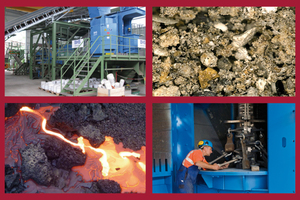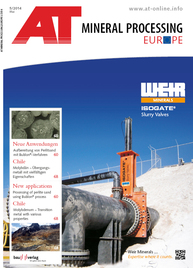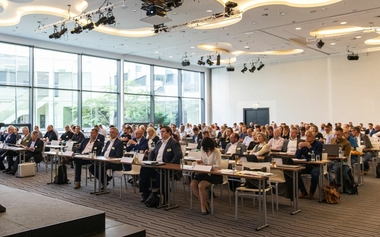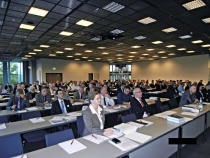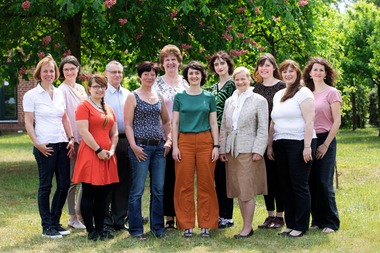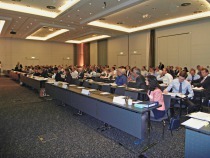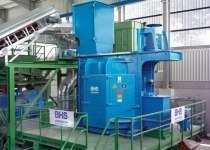Problems with mineral wastes
Almost seventy percent of the total waste in Germany is mineral waste. The majority comes from the construction sector. Ash and slag from incineration and metallurgical processes also accrue in large quantities. More than eighty percent of this waste is recycled. And that is where the problem lies: there is no national regulation for the demands on the quality of the waste for recovery. The data sheets elaborated by the Regional Working Group on Waste do no longer apply due to a court order of ten years ago and in the Bundesländer, there are different views about which wastes should be used and which need to be eliminated.
For more than two legislative periods – which means more than nine years – the federal government has repeatedly announced a mandatory scheme – which, because of different views of the relevant Land authorities and the business enterprises involved, has not been realized so far. Since December 2012, a revised draft of the so-called ‘master regulation’ has been available, but industry has argued for a fundamental revision. Obviously, an agreement is still far off.
With this master regulation, the federal government intends to provide an overall concept for the utilization of substitute construction materials while taking into account the protection of groundwater and soil. Furthermore, with the German Resource Efficiency Program ProgRes the federal government wants to boost the acceptance of recycling building materials and to ensure the high level of use of these minerals while complying with the threshold values provided for in the draft regulation.
Such complex issues, which also affect the economic existence of numerous business sectors that depend on recycling, will be discussed on June 30 and July 1 at the Berlin Conference ‘Mineral By-products and Wastes’. Around fifty scientists and practitioners will give lectures on and discuss about legal, economic and technical aspects of the use of ashes, slags and construction debris. Given the high topicality and explosiveness of this issue, about three hundred executives and professionals from the relevant areas are expected – just like in the past year.

